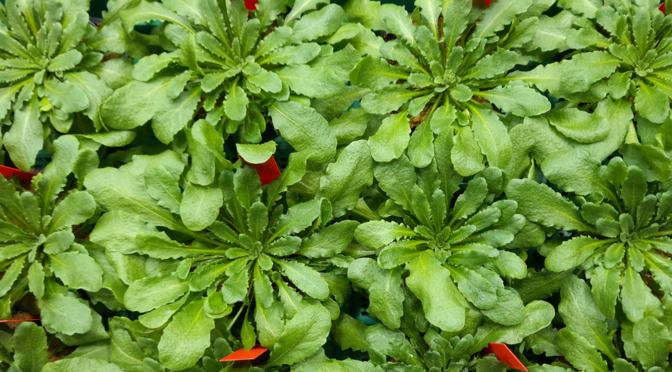
Response Doctoral Program
Plant breeding has been remarkably successful in developing high-yielding crop cultivars that have helped to sustain global food production over the last century. For instance, in the United States, the yield of the hybrid corn was increased 3 times, from 4 tons per hectare in the 1960s to 12 tons per hectare in 2017. By selecting and crossing plants with desirable traits, breeders have created crops that are more productive and adapted to intensive agriculture. However, this success has come with a trade-off: breeding has relied on genetic variation within a very limited primary gene pool, which has been shrinking due to genetic bottlenecks caused by domestication and intensive selection. As a result, today’s crops have lost much of their natural genetic diversity, making further improvement increasingly difficult.
Continue reading Epigenetics and Plant Breeding: Can Epigenetic Variation be used for Crop Improvement? →
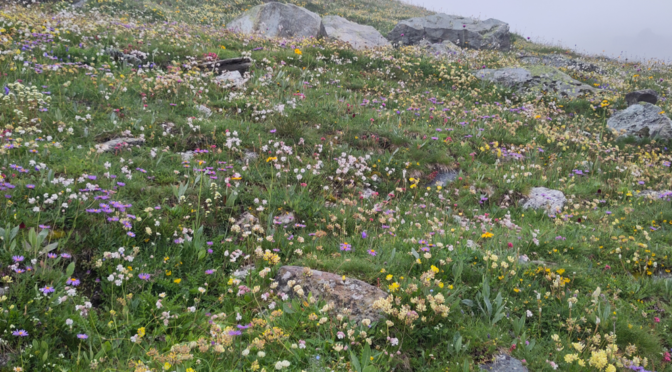
Response Doctoral Program
Most insects that interact with plants have preferences for certain chemical components in the material they consume. In the case of insect herbivores and pollinators, both groups often need specific nutrients, or the avoidance of compounds that are toxic for them. As a consequence, they have evolved preferences or aversions to specific plant compounds, which guide their foraging for food sources.
Continue reading How Alpine Plants use Chemicals for Communication and Why this can be relevant for Conservation →

Response Doctoral Program
Background
The unprecedented pace of technological progress is transforming our society, but is also driving an ever-growing demand for electrical energy. Meanwhile, The UN Sustainable Development Goal 7 pushes toward a future where everyone, everywhere, has access to clean, affordable, and reliable energy. This calls for cleaner production and conscious use of sustainable energy. Addressing this challenge of a sustainable energy transition is vital for the future of our society. A key factor in this regard is the efficiency of electrical networks. An efficient network, with minimal losses, enables innovations such as smart grids and the integration of renewable energy sources.
Continue reading Next-Generation Semiconductor Materials for Sustainable Energy Transition →

Response Doctoral Program
As the need for climate change mitigation intensifies, a crucial challenge emerges: how do we tackle the menace of carbon dioxide emissions? One promising solution is Carbon Capture and Storage (CCS), a technology by which carbon dioxide emissions are captured and stored deep underground in rock formations or depleted oil wells. While CCS holds significant potential for curbing industrial contributions to climate change, it demands suitable underground storage space for the captured carbon dioxide, which is accompanied by two major hurdles. First, identifying these locations is challenging because storing carbon dioxide requires special geological conditions underground. Second, this may give rise to “Not-In-My-Backyard” protests in communities that host carbon dioxide storage projects due to public misperceptions of carbon dioxide as toxic for individuals.
Continue reading Cross-border Cooperation on Carbon Capture and Storage: Why Public Opinion Matters? →
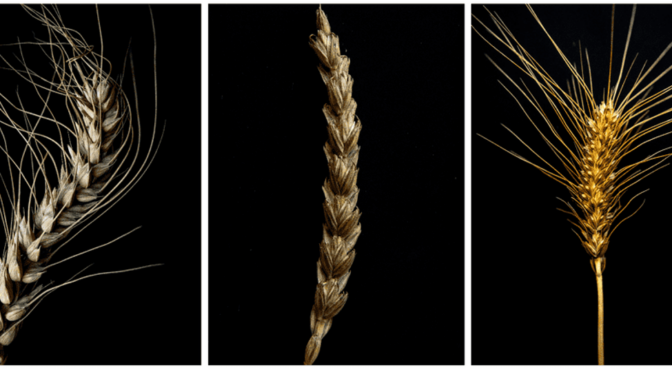
Response Doctoral Program
Since the domestication of wheat about 7,500 years ago, this important crop has undergone significant changes (de Sousa et al. 2021). Through targeted breeding, high-yielding wheat varieties have been developed to feed the growing global population, but this comes at the cost of reduced genetic diversity (Balfourier et al. 2019).
Continue reading From the Himalayas to Global Fields: Preserving Wheat Diversity to Combat Yellow Rust →
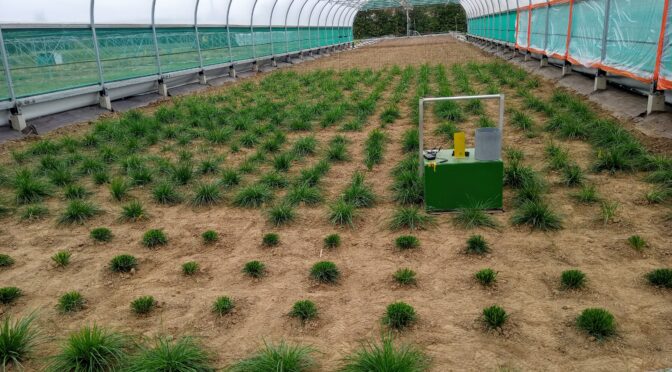
Response Doctoral Program
From the Burren in Ireland and the Erins in France to the Alps in Switzerland, grasslands are vital ecosystems that play a crucial role in supporting biodiversity, providing ecosystem services, and ensuring food security. These vast and diverse grasslands are just a few of the many that cover around 17% of the European Union’s total surface area, as of 2018 (EUROSTAT 2021). Grasslands are among the most species-rich habitats on Earth (Petermann and Buzhdygan), home to a wide variety of flora and fauna, and are essential breeding grounds for birds and invertebrates. In addition, they provide numerous ecosystem services such as water purification, soil erosion prevention and carbon sequestration. Grasslands contain various species of forage grasses, crucial for feeding livestock. Forage grasses, such as Lolium spp. and Festuca spp. are valuable, environment-friendly sources of livestock feed. However, frequent and unpredictable droughts have threatened forage grass yields, posing significant challenges to farmers and livestock managers.
Continue reading Ensuring resilient grasslands: How do forage grasses tackle droughts? →
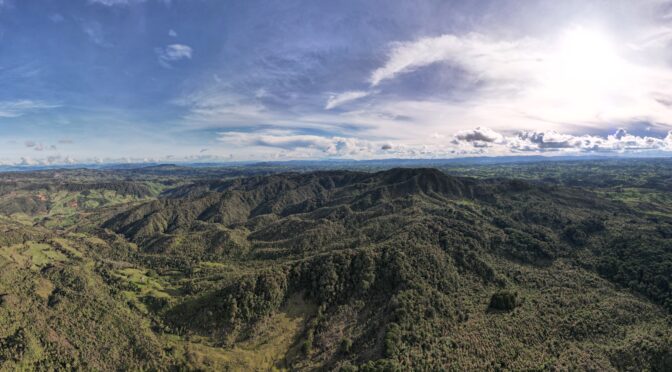
Response Doctoral Program
The tropics lost a whopping 4.1 million hectares of primary forests in 2022, equivalent to losing 11 football fields of forest per minute, according to research from the World Resources Institute. Numerous restoration projects worldwide target counteracting these large scales of forest destruction that are causing insurmountable loss of biodiversity. By planting native vegetation as well as by assisting in natural regrowth of vegetation, these projects aim to restore degraded forests back to their flourishing state. These efforts are not just about the trees. They are crucial for the recovery of animal communities too. However, it is unfortunately undermined by the limited data available on the influence of forest loss and regeneration on recovery of faunal species and communities.
Continue reading Unlocking Forest Restoration Success: DNA traces are Revolutionizing Wildlife Monitoring and Conservation →

Response Doctoral Program
In this workshop, participants will learn how to reach a wider audience with your topics and texts and how to prepare and convey your content in an understandable and attractive way in the digital age. They will work on a popular science blog post, learn about graphic tools to support the text in a multimedia and interactive way, learn about the pitfalls and strengths of social media and how to create and manage your own web presence for yourself and your research. Another focus is on visibility: How do I build and manage a community? How can I communicate the importance of my research for politics, economy and society – and actually reach them?
Continue reading RESPONSE Mentoring Workshop – Getting Your Message Across: How to Make Yourself and Your Research Visible →
Engaging in a Science and Policy Dialogue








